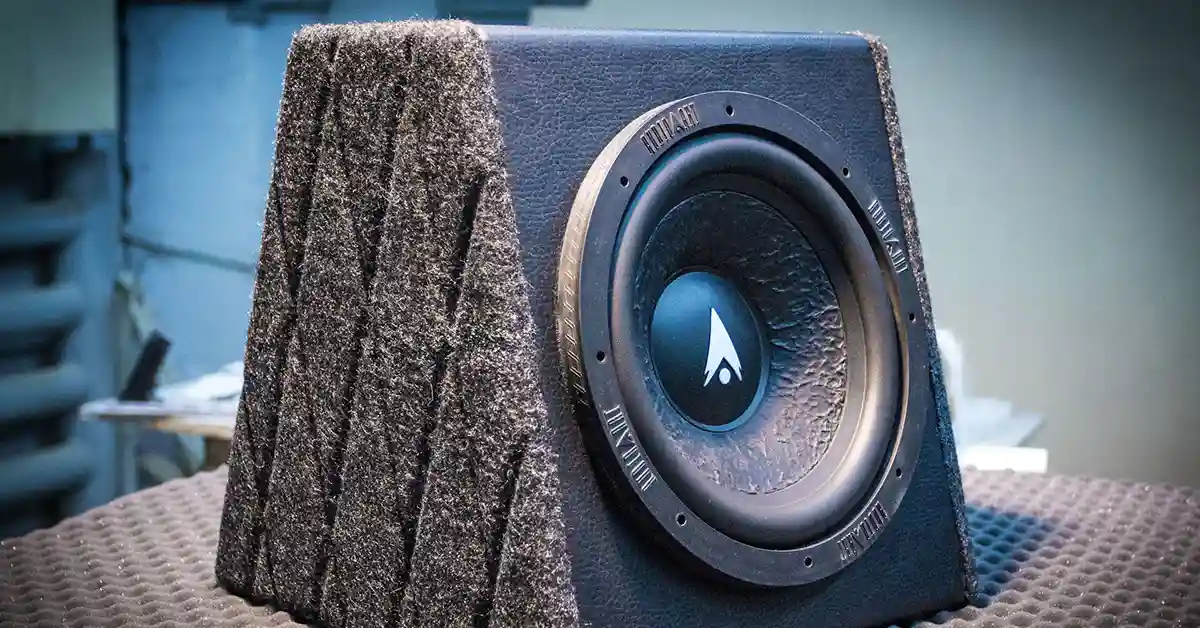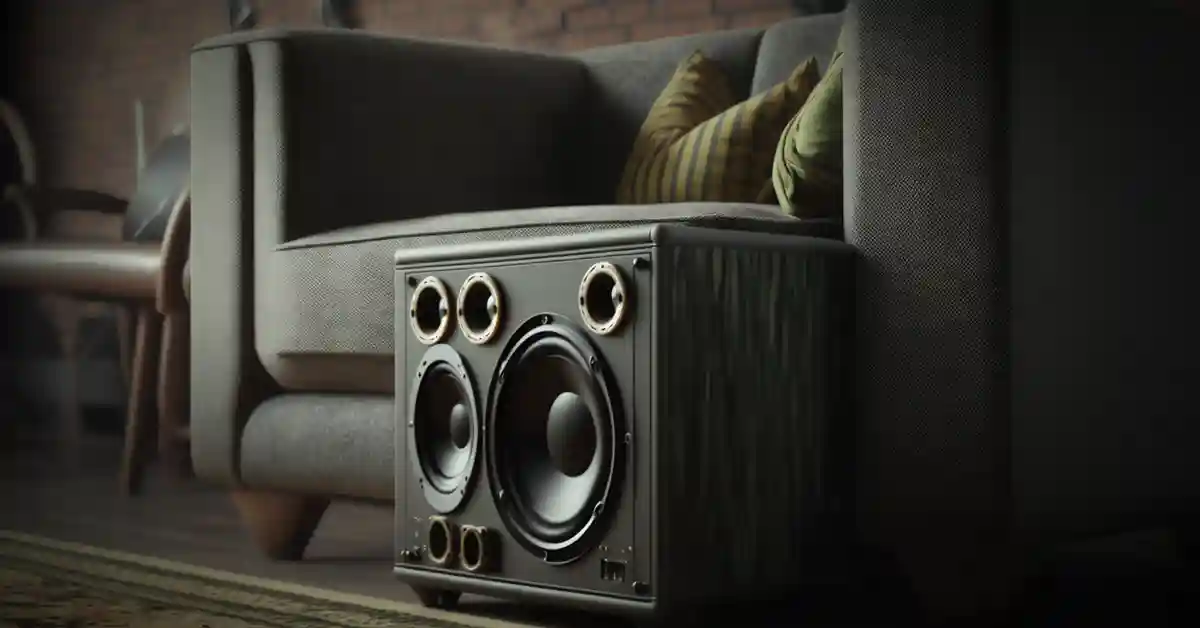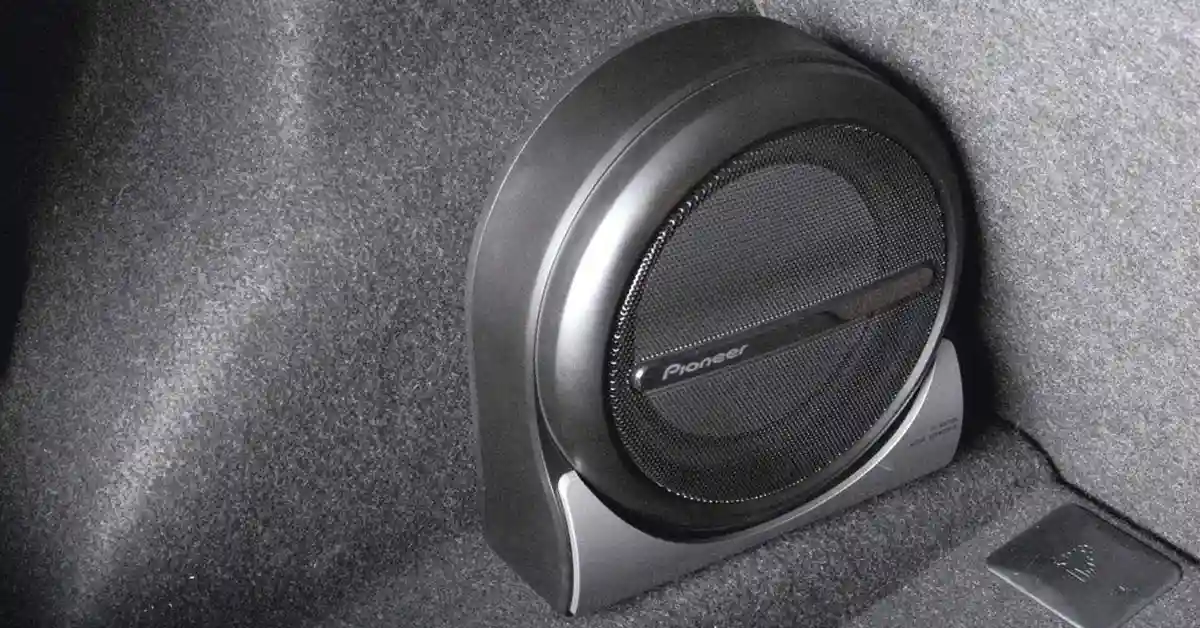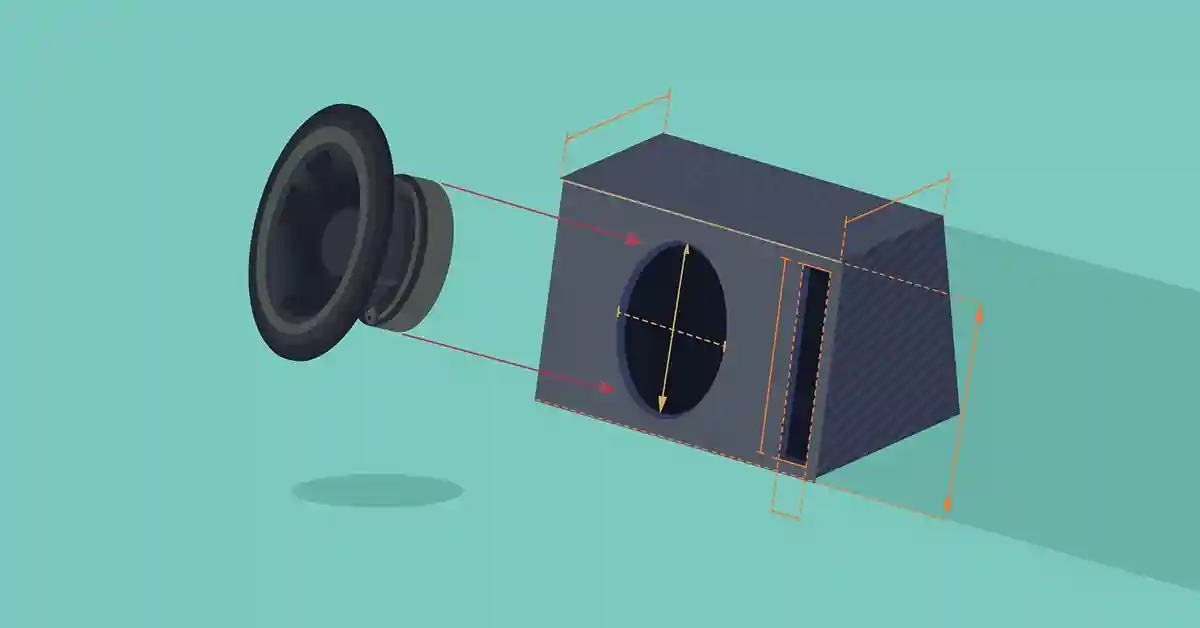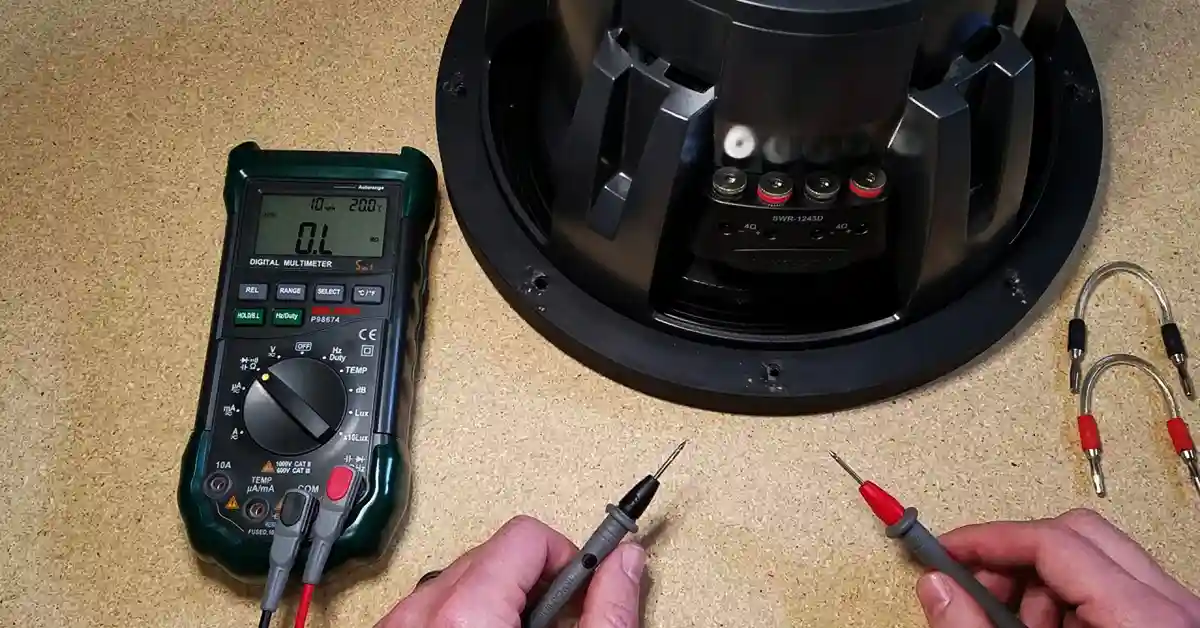How To Tell If Subwoofer Is Blown
Having a blown subwoofer is just as bad as having no music. The sound quality instantly drops, the bass is weak and the entire song is ruined. Sometimes we can’t even tell whether or not it is the sub that is blown, what if it’s the voice coils that aren’t vibrating?
Or the speaker cone isn’t moving? Well, luckily for you, we’ve got the solution to the problem you didn’t know you had.
In this article, we look at some of the symptoms of a blown speaker, the need for a sub, how to tell if a sub is blown and what to look out for in a blown speaker.
How To Tell If Your Sub Is Blown?
There are only two reasons for your subwoofer blowing up, these are:
- Excessive power
- This is a common reason for subwoofers blowing up. There may be times where you play your music at its max volume over a long period, like at a party. Your sub can only handle that much tension over time which would result in too much pressure and worse, potential damage to your system.
- Excessive amounts of a distorted signal
- A distorted signal can come in many forms, from being in contact with various electrical pulses over time to being exposed to a nearby microwave. When we tune our speakers manually, the signals begin to disrupt the entire system and we find ourselves in a tricky position. What makes it hard for us when it comes to distorted signals is the fact that we won’t notice a change nor will we know where the source of the signal is coming from. Only once the damage has been done, will we notice the consequences of our actions. These consequences will come in the form of distorted sound.
How To Tell If Subwoofer Is Damaged
Simply listening to music with a damaged subwoofer isn’t enough to identify any changes. You need to be listening for signs. Sometimes you can feel the cone, a lack of vibration is present, the voice coil isn’t moving as intended, all of these factors play a role in a damaged subwoofer. Here are a few signs of a blown subwoofer.
Listen For Damage
You can instantly listen to the poor quality of the sound being emitted. Think back to the times when a Bluetooth speaker had a low battery, the volume would decrease, the bass would not be as potent and a lot more of the quality would drop. The song wouldn’t sound the same.
Before we commence, make sure that your cables and wires are securely connected.
Listen out for cracks in the music. Play any song at a low volume with the bass on a low level. Pay attention to any cracks and distortions while increasing the volume and the bass. If there are sounds of distortion, your subwoofers could be partially blown, if there is no sound at all, it is probably blown.
Physical Exam
Before performing the physical exam, it is advised that you remove the speaker from its housing unit. We want to access the cone and feel the vibration of the exposed speaker.
Have your hands placed at opposite sides of the speaker. Place your thumbs on the rear of the cone with the rest of your fingers on the cone itself. Press against the cone with your four fingers in different directions, remember not to use excessive force. If it moves freely and loosely to the sides, not jumping back to the original position, your speakers might be blown. If it moves like it normally does, listen for any scratching noises, this is also an indication of a damaged speaker.
Voltage
A multimeter can measure the amount of voltage, resistance, and current that is flowing through any electrical device. It can show you if there is a lack of electrical resistance in the device which indicates a potentially blown subwoofer. We measure the reading in ohms and try to find an electrical current in the device. Setting your multimeter up is a quick process.
As stated previously, it is advised to remove your speaker from its housing unit, if you prefer to leave your speaker in the case, that is fine. Leaving your speaking in its’ case would mean that you will use the terminals on the outside of your housing unit. Let’s look a bit deeper into that.
How To Know If a Sub Is Blown
Simply feeling the speaker cone is not enough to tell if the subwoofer is blown. We’re going to jump into a more general method of testing for a blown speaker. You can go to an audio specialist, a tech-head, an audio store, you could also call up an electrician or the guy in your neighborhood who claims to know electronics but always cuts the power in his house. All of these people can test for a blown speaker but we’re looking to equip you with the knowledge and do it on your own.
To perform these tasks successfully, you will need:
- Your speaker system
- A multimeter
- A pair of negative and positive probing wires
NB: Some of the steps are duplicated from one of our articles, “How to test a Subwoofer”
- Make sure that your subwoofer is not receiving any power. Disconnect the subwoofer from its power source. We disconnect the power source to prevent any electrical damage to the user.
- Wearing a pair of insulated rubber gloves is a good idea.
- If your subwoofer does not receive power from an external amplifier, then you will need to remove it from its case.
- Connect two probes to your multimeter. Use a digital multimeter that you should set at 200 ohms as a standard.
- Insert the red probe into the positive output of the subwoofer and the black probe into the negative output of the subwoofer.
- If your subwoofer is still in its case, touch the probes on the outside terminals of the speaker.
- The multimeter will make a beeping noise to signal a reading.
- Make sure that the batteries in your multimeter are fully charged for a more accurate reading.
- There should be a reading present on the screen of your multimeter. It should be in ohms.
- If your reading is at 0 ohms, your subwoofers are definitely blown.
- If your reading is less than 1 ohm but more than 0 ohms, your subwoofers are damaged.
- If your reading is more than 1 ohm, your subwoofers are okay.
Testing and checking your subwoofer for sound is a process that can be done for the sake of reassurance. When buying second-hand subwoofers, this method can come in handy. If you don’t feel the need to replace your subwoofers because you might think that they are useless, here is a list of how beneficial a subwoofer is to your system.
Applications For a Subwoofer
- Used as an upgrade to your audio system
- Lighter than full-range speakers
- Extends bass system
- Lowers distortion of sound from the main speaker
- Few speakers can produce an equal distribution of sound when they are under stress but a subwoofer aids in the production of equal sound by relieving some of that stress.
Conclusion
Music helps us deal with emotions we didn’t know we had. It works as an antidepressant, relieves stress, and can decrease tension. We listen to music to pass time, heal wounds, bring up new memories, the list can go on. Most of our vehicles are equipped with subwoofers for us to enjoy the music. Music can change your entire day or make it worse.
That is why we look to improve the music system worldwide because having a blown speaker is horrible but what’s worse is having a blown speaker and not knowing about it. We truly hope that this article took you on a journey of convenience.
Related Articles


